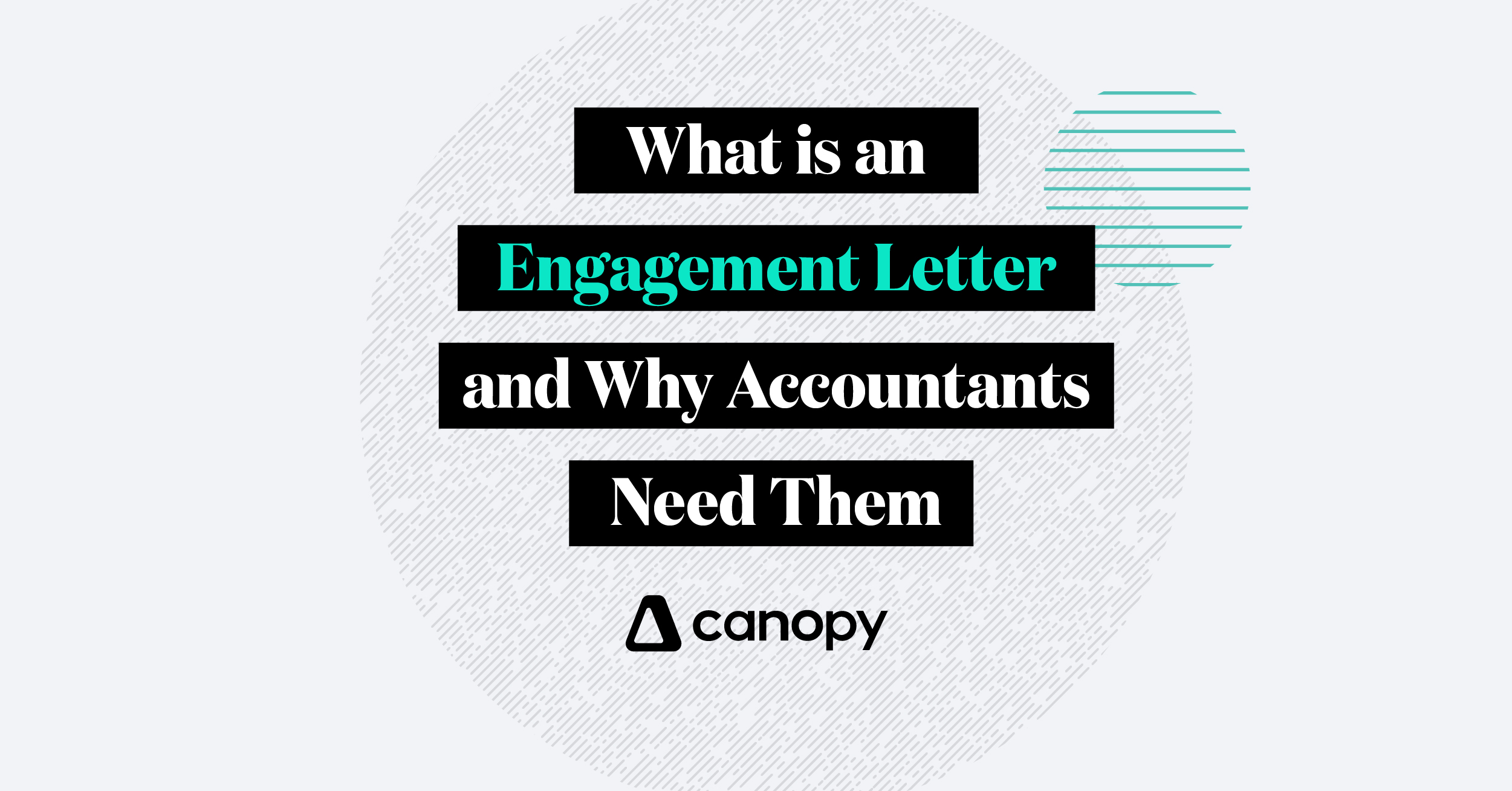It’s no mystery engaged teams are more profitable. A study by Gallup found that highly engaged teams result in 21% greater profitability. But how do you get your employees to engage and be more motivated?
We all have different motivations. You may be driven by money or prestige, some may be spurred on by building relationships, while others may enjoy the satisfaction of seeing a finished product. When thinking about what motivates your team, it’s important to remember that your motivations may be different from theirs.
Finding What Fits for Your Team
It's a common belief that motivation comes primarily from giveaways and spiffs—one-time events that build anticipation or create a brief sense of unity. These tactics are but one piece of what should be a much bigger motivation strategy. Some of your employees may respond well to money, but you may be missing out on motivating a huge part of your team by relying too heavily on monetary motivation. The reality is that appreciation, career growth, and work-life flexibility are often more motivating to your team. Unfortunately, there is no one-size-fits-all solution, and money won’t always be an effective motivator. Think about how you have tried to motivate your team in the past. What has worked well and what has been less than successful?
Appreciation
A great place to start is employee appreciation. There are countless studies that show appreciated employees work harder than unappreciated employees, so be sure to include appreciation in your motivation strategy. Appreciation could include helping your employees recognize how they’ve contributed to the success of the organization over their tenure. You could give specific, timely shoutouts to employees in your weekly or monthly team meetings. And we mean specific. Appreciation that lacks specific examples can come off as insincere. You could even create a weekly award one employee can give to another for being a team player, which the employees can use as a tool to build camaraderie. None of these strategies take much, if any, money to implement.
Career Growth
Creating clear goals for your employees is a surefire way to increase productivity. Whether the goals are general to the whole firm, specific to an employee, or both doesn’t matter, but creating clear achievable goals is key. These types of goals are often called SMART goals. The acronym SMART stands for:
- Specific: What are you looking to do?
- Measurable: What metric will you use to measure success?
- Achievable: Is this something you can reasonably achieve?
- Relevant: Does accomplishing this actually improve your work?
- Time-bound: When will this goal get completed?
Using this framework for setting goals will help your employees know exactly what is expected of them and help them understand how they can support the growth of your firm. For you, setting goals helps you know when an employee is performing well and deserves recognition. This framework can also be used to help your employees reach career goals. Whether they want to become an EA, CPA, or a QuickBooks ProAdvisor, you can help them set SMART goals and offer support to help them achieve their career aspirations.
As you set goals for your employees, be sure to follow up. A goal that is never followed up on is no better than no goal at all. Create a cadence of regular one-on-ones to track progress and offer help. These don’t need to be long or frequent, but they should be specific to the goal your employee is working to achieve. Take time in these meetings to focus on what the employee is doing well and praise them for it. These one-on-ones can be instrumental for regular full-time employees and for seasonal employees.
Check out our blog post on how to get the most out of seasonal staff.
Work-life Flexibility
Flexibility between work and life has become a more prevalent topic in the last year. With the onset of COVID-19, we’ve had to learn to work differently. Many have had to juggle responsibilities as full-time teachers, parents, and employees at the same time. As we start to transition into the next phase of this reality, think about how your decision to work remotely or in-office will impact your employee engagement and productivity. Some employees may be eager to get back to the office, others may not. Make sure to include your team in the return-to-office discussion and use one-on-ones to understand their circumstances. Employees are often more willing to share concerns privately than publicly to the whole firm. If the decision is made to return to the office be sure to leave a transition buffer so employees can make arrangements for child care and other responsibilities.
Appreciation, career growth, and work-life flexibility are a few ways to engage your employees. As you focus on their motivations, aspirations, and circumstances your employees will become more engaged and thus more productive.
Want to learn more about improving employee relationships?
Check out Practice Management: The Employee Relationship Way.







Get Our Latest Updates and News by Subscribing.
Join our email list for offers, and industry leading articles and content.